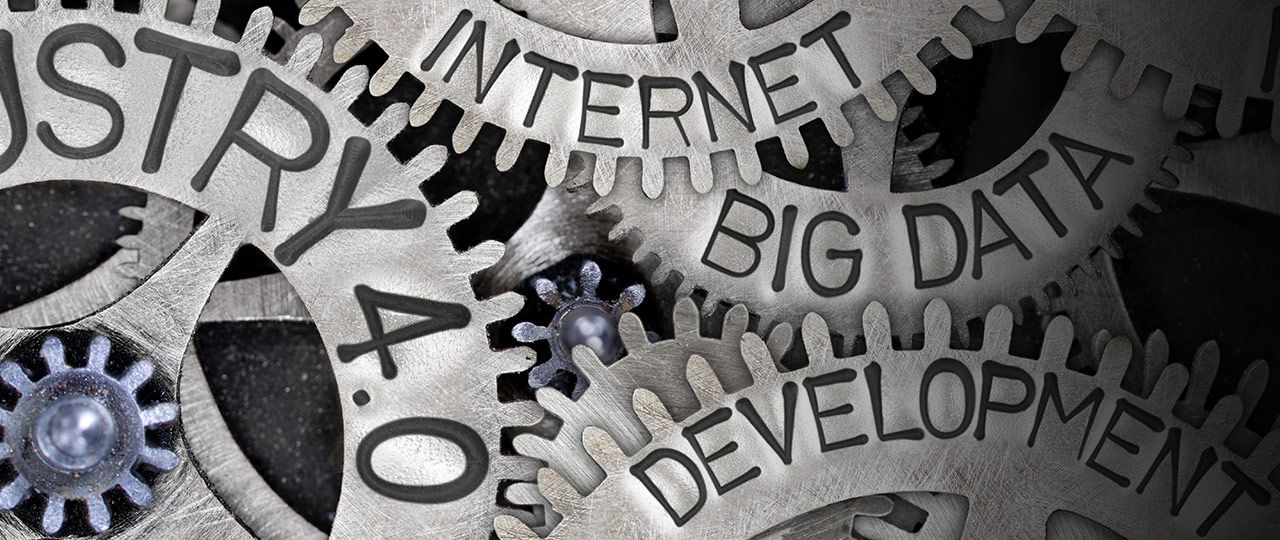
Vanessa Hale
Director, Research


Director, Research
On July 1, the UK government announced that unique property number plate codes will be made accessible to the wider public, giving homeowners, property developers and agents access to geospatial data that could make buying and selling homes easier.
Unique Property Reference Numbers (UPRNs) create a system for properties similar to car registration numbers, making it easier for the Government to record, reference and share property information – taking the UK one step closer to using blockchain for all its property transactions.
Location data body GeoPlace has worked closely with Ordnance Survey, the Local Government Association, the Improvement Service and the Geospatial Commission over the last two years, to make Unique Property Reference Numbers (UPRNs) available to the public sector, potentially transforming the way people buy and sell property in the UK.
Introducing blockchain to the property market
There is also a growing enthusiasm for the benefits of blockchain technology and its potential to revolutionise the property industry. Being a virtually incorruptible digital ledger, blockchain not only provides a safe space to record sensitive information, but also creates a super-secure platform for financial transactions.
In March 2019, the Government ran a demonstration of residential conveyancing through a blockchain platform, completing the transaction in under 10 minutes compared with the traditional 22 weeks, thereby proving the potential of blockchain for revolutionising speed of transactions.
Other countries, including Georgia, Dubai and Ukraine, are already ahead of the game in terms of real-world application of blockchain, while last year, the Swedish government became the latest to successfully digitise their land register, bringing the country’s property data into the digital age.
The benefits of digitising our systems
Allocated by local authorities, UPRNs create a passport system for all UK properties. In much the same way that a car’s number plate is linked to MOT, road tax and insurance documents, a single number to identify every home in the UK makes it easier to enforce regulations such as EPCs and electrical and gas safety certificates.
However, the benefits of the new system do not end with bills and taxation. The measures should also bring an end to cases where postcodes are not accurate enough to direct deliveries and taxis right to your front door. Digital systems will also allow people better access to information on housing and planning proposals and permissions relevant to their local area.
For property and land developers, the ability to identify key sites opens potential for a more advanced planning system, while smart contracts alleviate the stress associated with the moving process, speeding up contract exchange for homebuyers and sellers alike.
Minister for Housing, Rt Hon Christopher Pincher, said he was delighted by the announcement and felt encouraged by the new opportunities a digital system presents.
He said: “This is the most powerful boost for the UK PropTech sector in a generation, unlocking new levels of digital innovation on a national scale. Open identifiers are crucial for tech entrepreneurs and wider industry – they will enable housing developers to find sites that have the most potential, helping deliver much-needed new homes across the country.”
Changes to Land Registry
The Land Registry is likewise embracing this new age of digitisation, having recently announced the extension of temporary measures brought in earlier this year.
Back in May, the Government announced temporary changes to help streamline the execution of transfers, leases and other deeds during the coronavirus pandemic.
These changes have now been made permanent, meaning property buyers no longer have to physically sign deeds in the completion of a sale. Instead, signatures can be captured with a scanner or camera and delivered to the conveyancer by email.
In most cases, identity verification can also be done online by video call, with a person’s identity being corroborated by a trusted individual from a specified list of professionals including doctors, teachers, bank officials and civil servants.
In his announcement, deputy chief land registrar Mike Harlow said he hoped the changes would help ensure future success for the conveyancing sector, establishing a successful digital alternative for completing property transactions.
He said: “Achieving a long-term, sustainable and secure means of signing property transactions would be a significant component of a wholly digital conveyancing process.
“We believe Qualified Electronic Signatures are the right long-term component of that digital future. They have added security and the digital nature of the resultant document will enable joined-up and automated processing elsewhere in the transaction.”
An important milestone
Together, these measures demonstrate the property industry finally beginning to embrace digital technology to speed up transactions and cut down on paperwork, creating an exciting roadmap for the future homebuying landscape.
Minister Pincher welcomed the announcement to share UPRN data as “an important milestone,” saying the change has the potential to “digitally transform public services and boost our economy.”
All property data is now available to any non-commercial organisation and homeowner via an Open Government licence.
For further insights into the future of housing and the UK property market, download a copy of our Housing Futures New Horizons report.